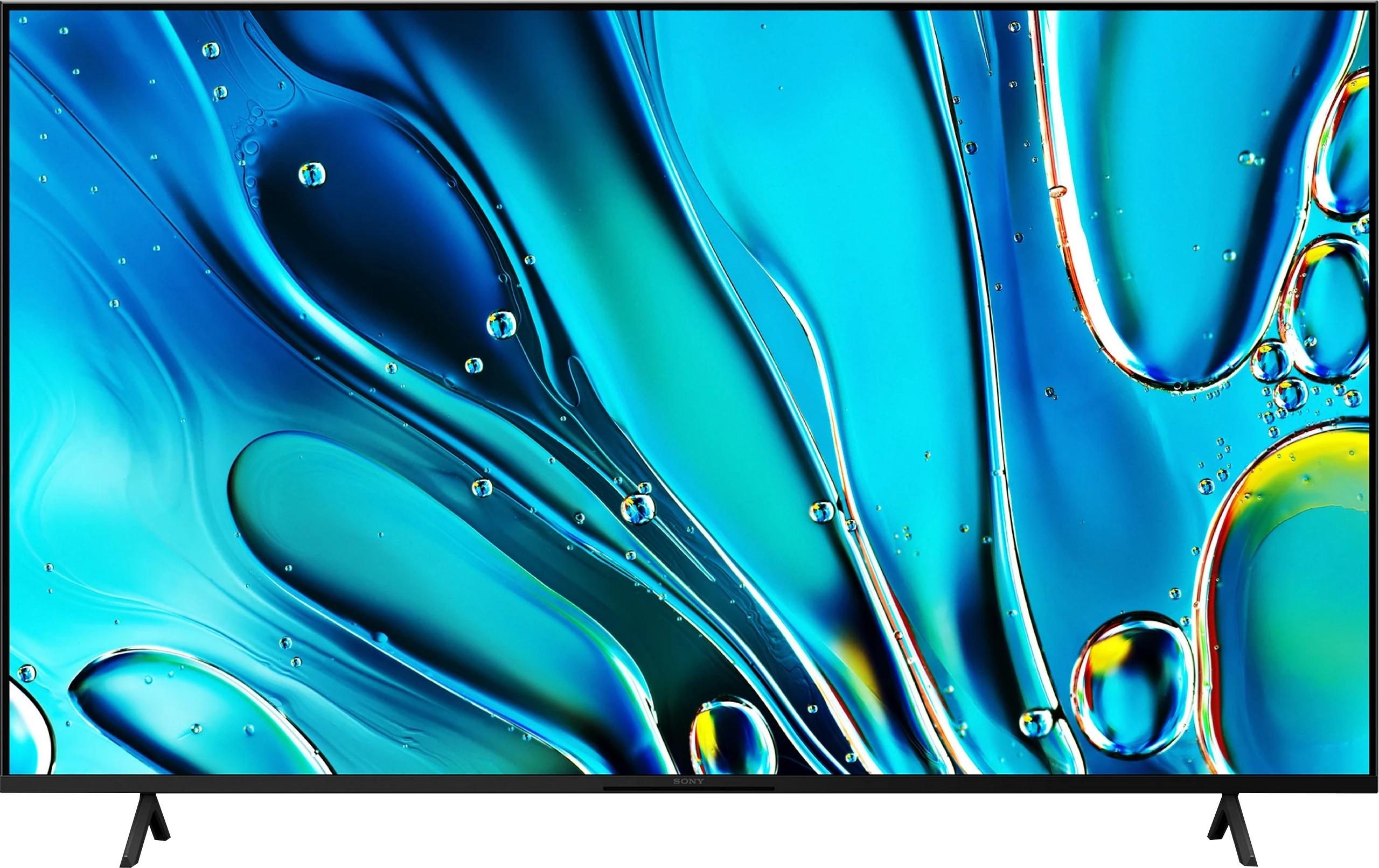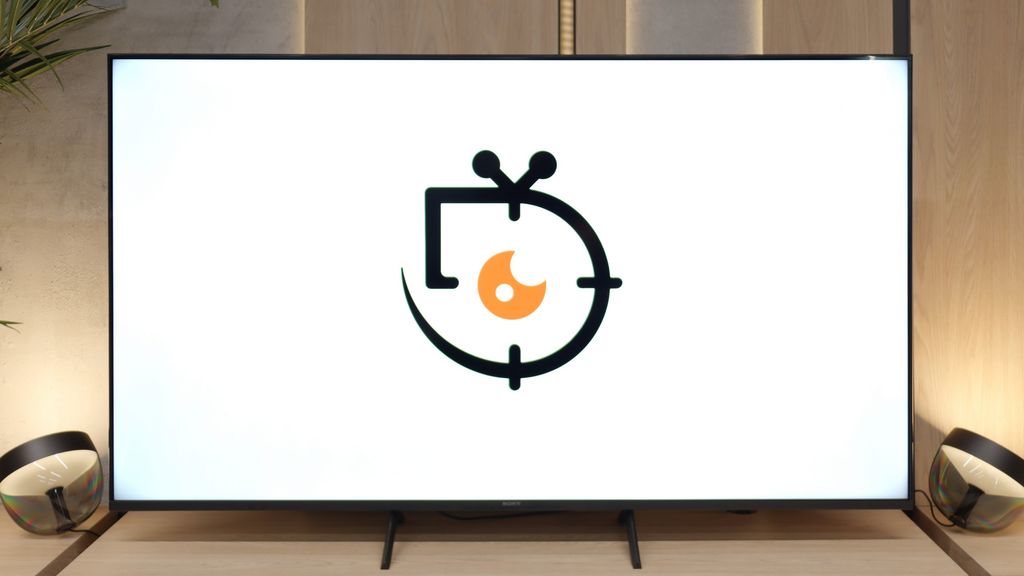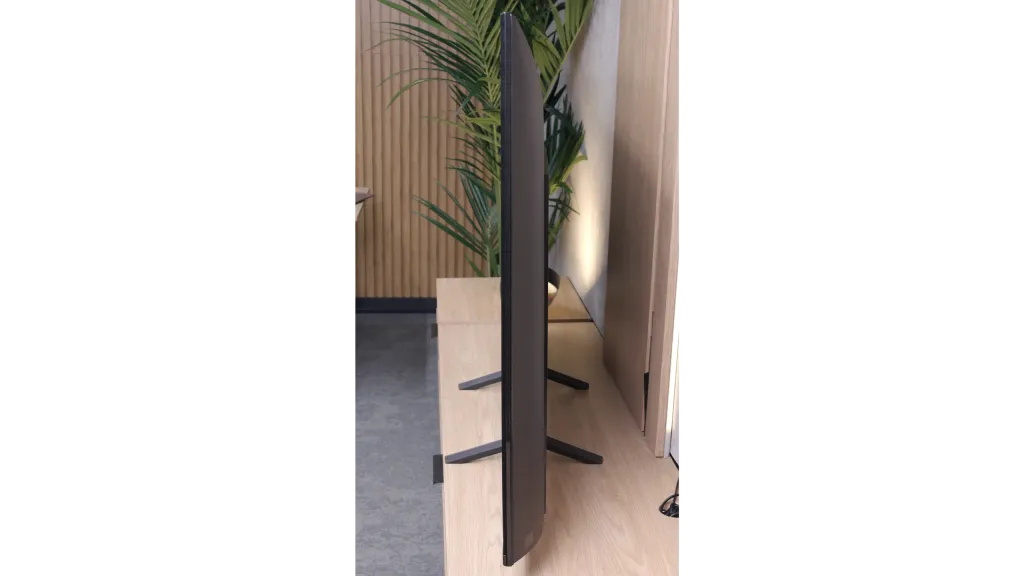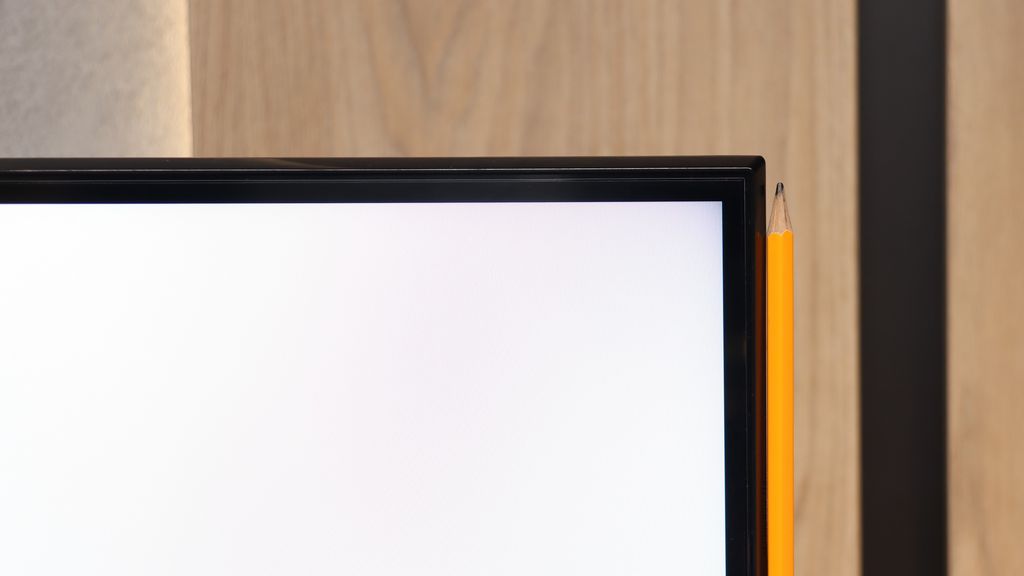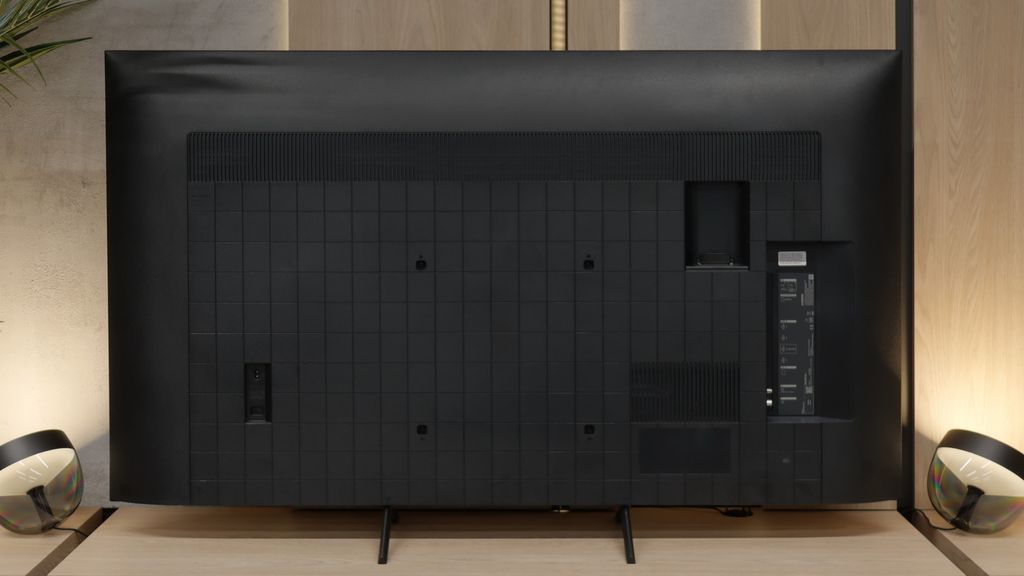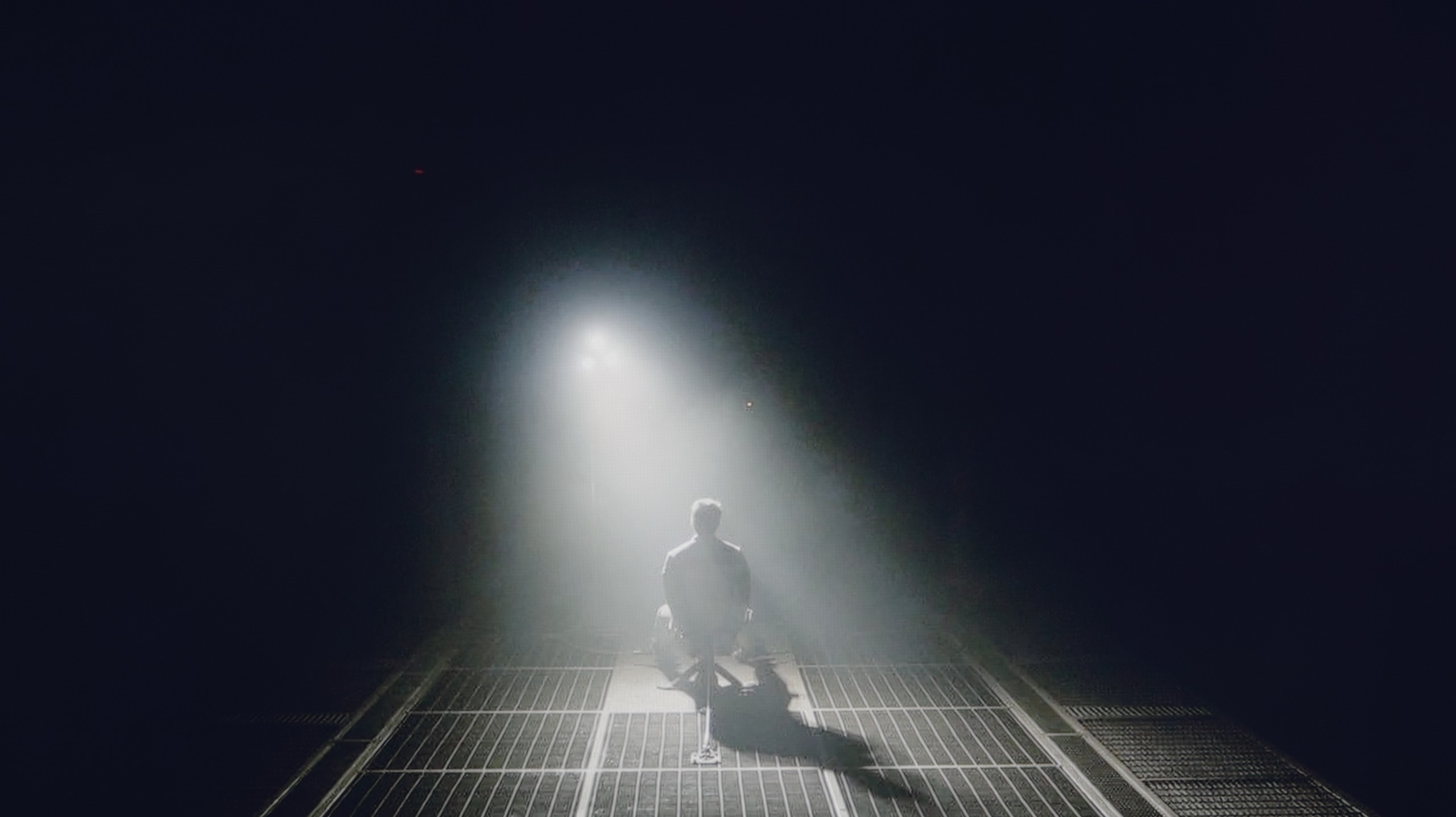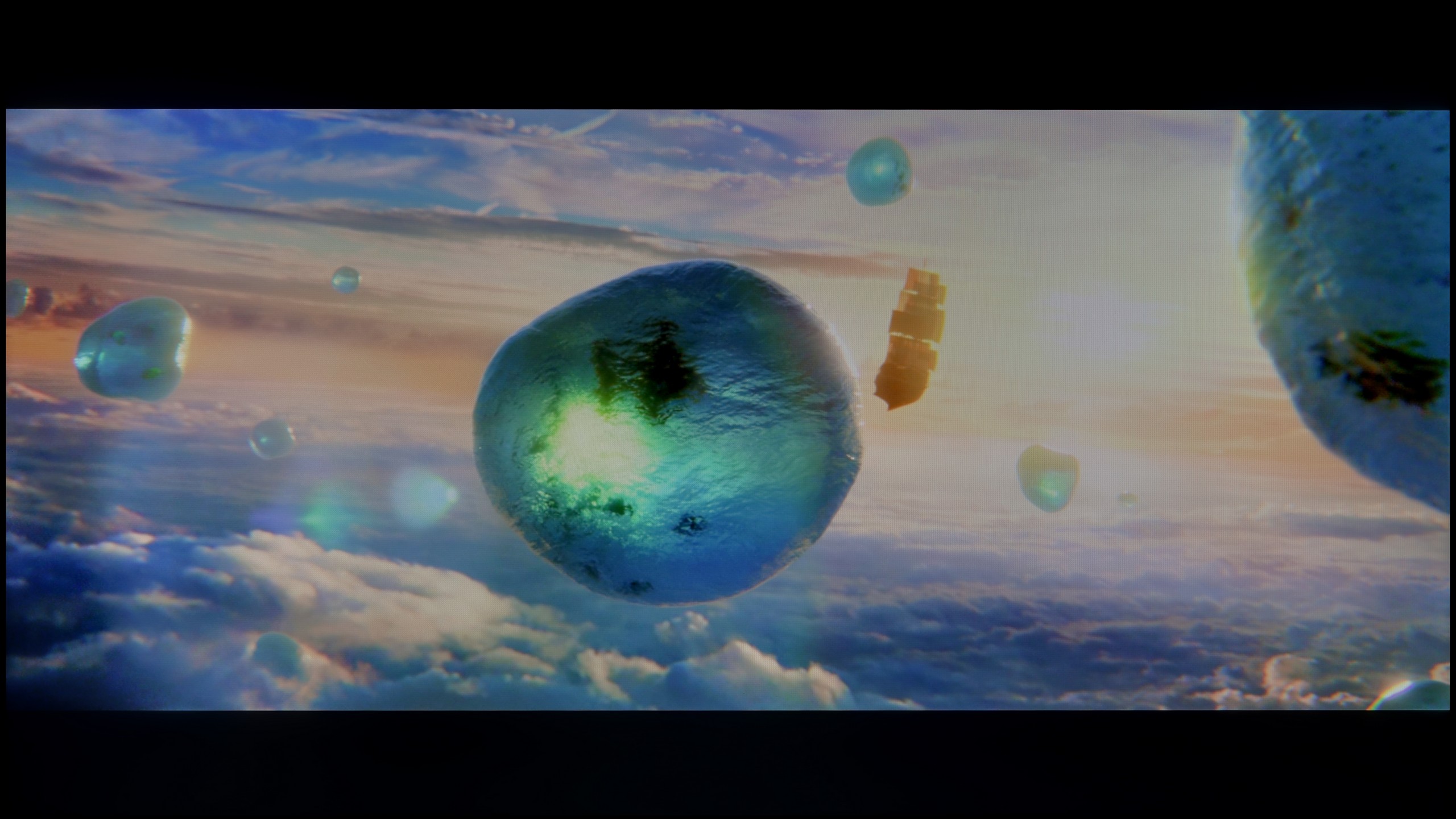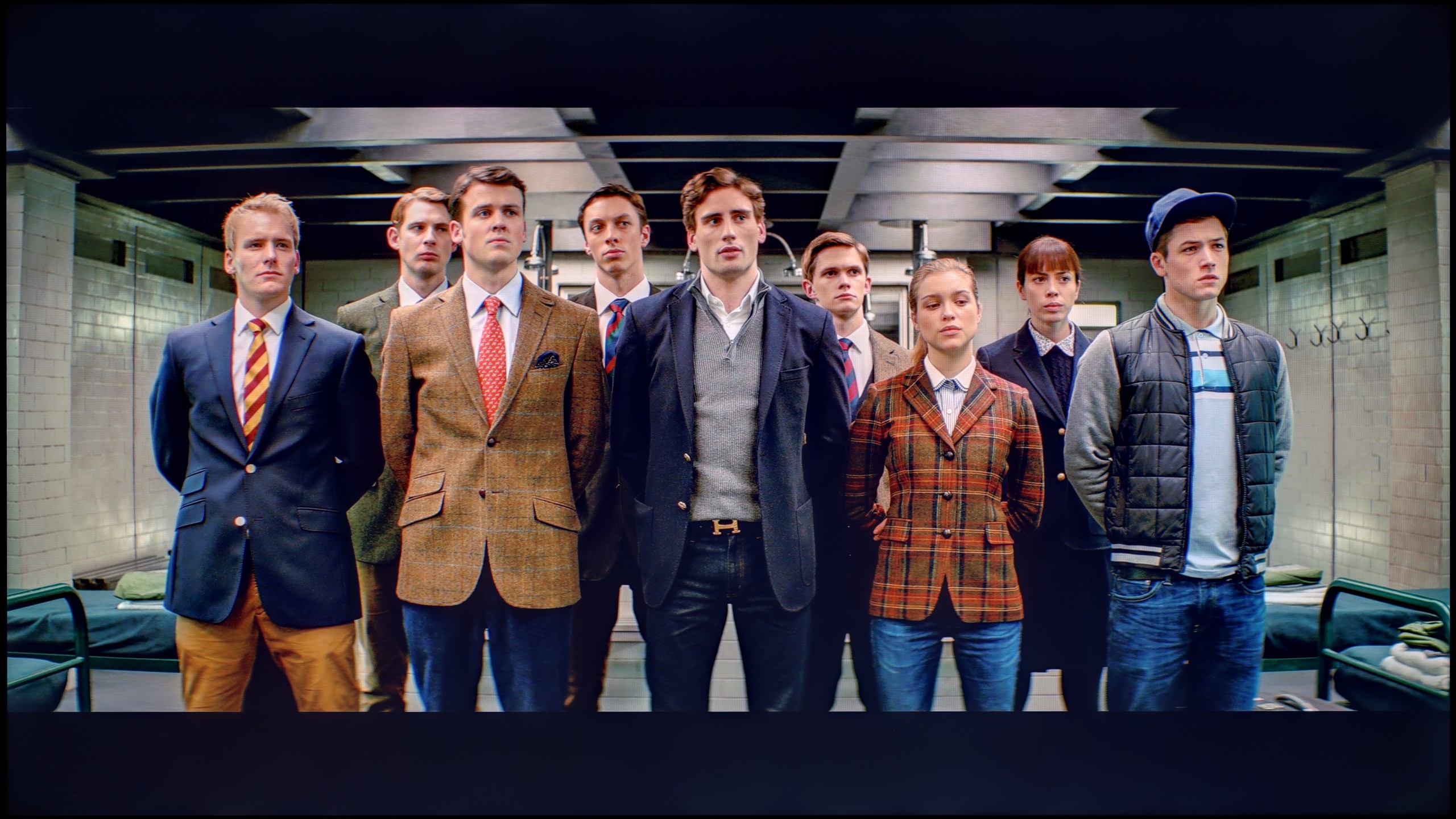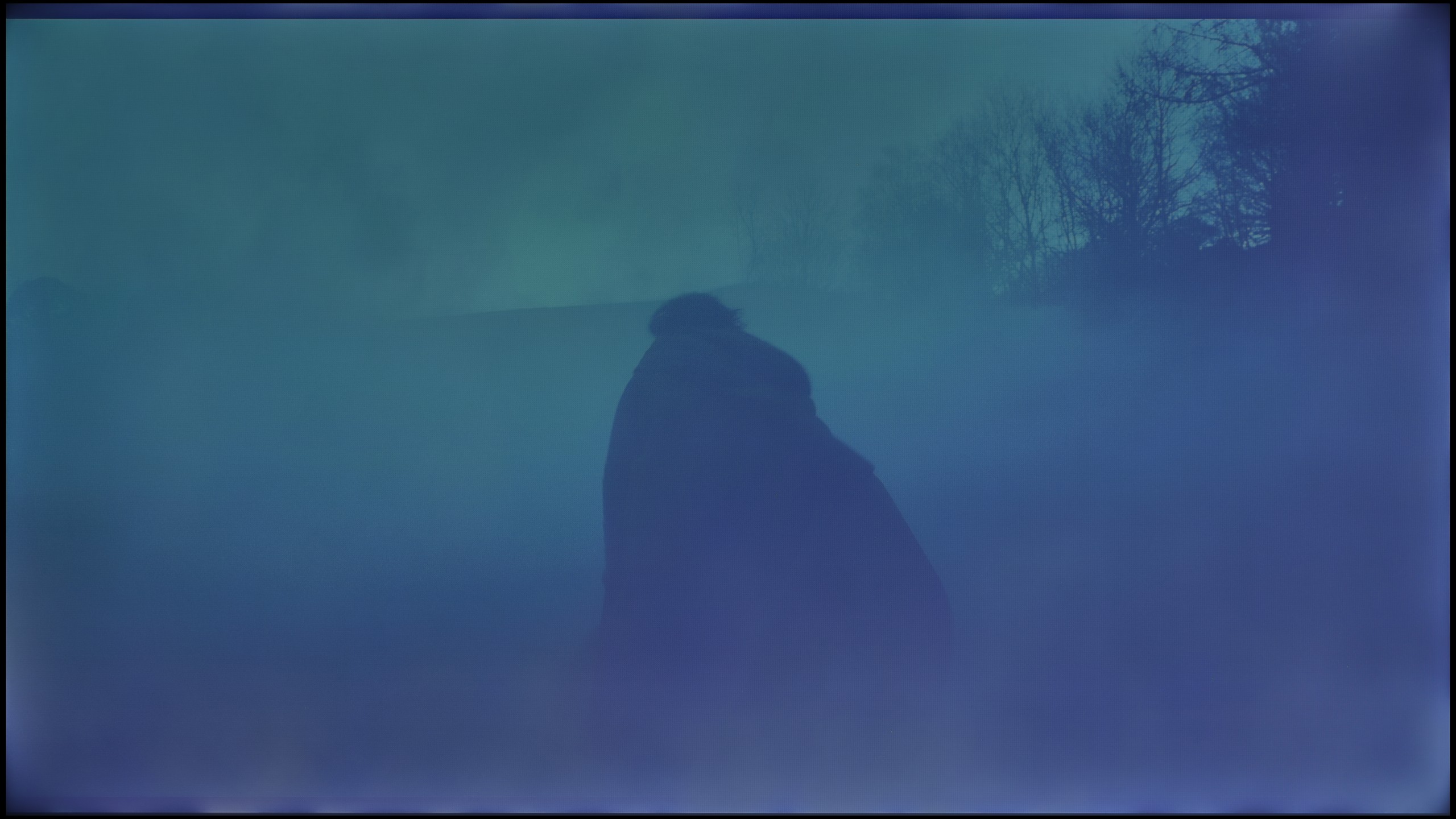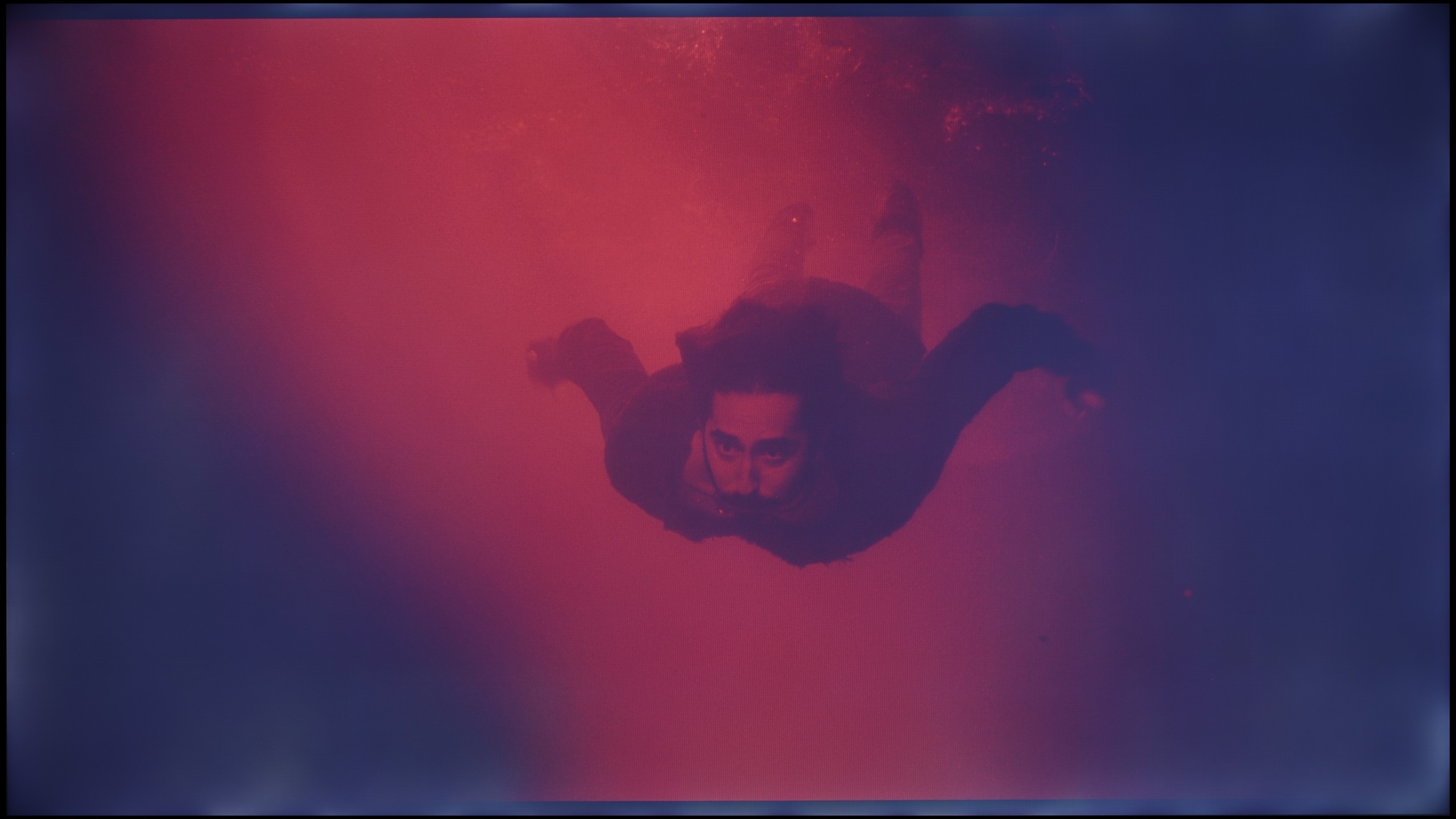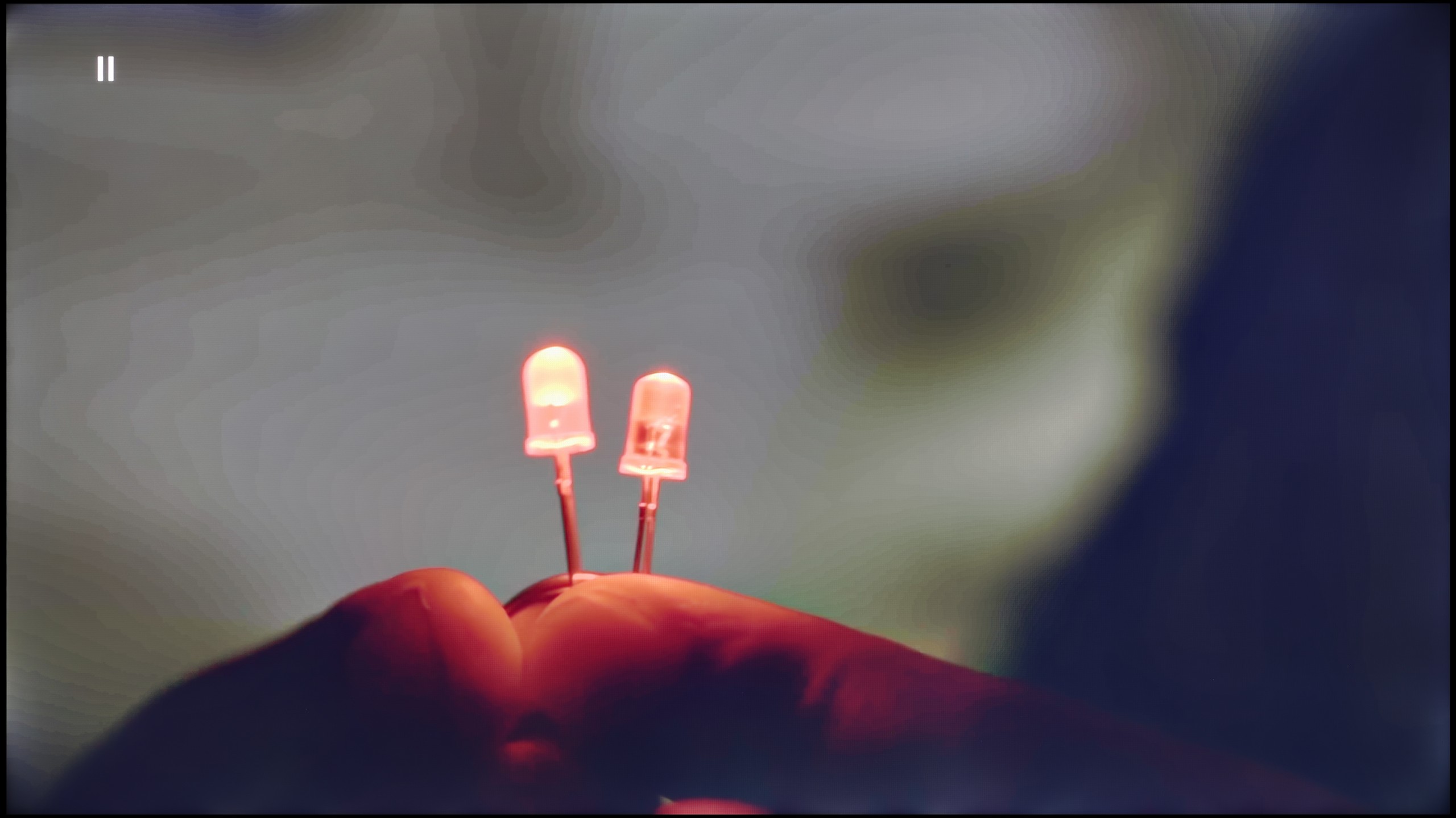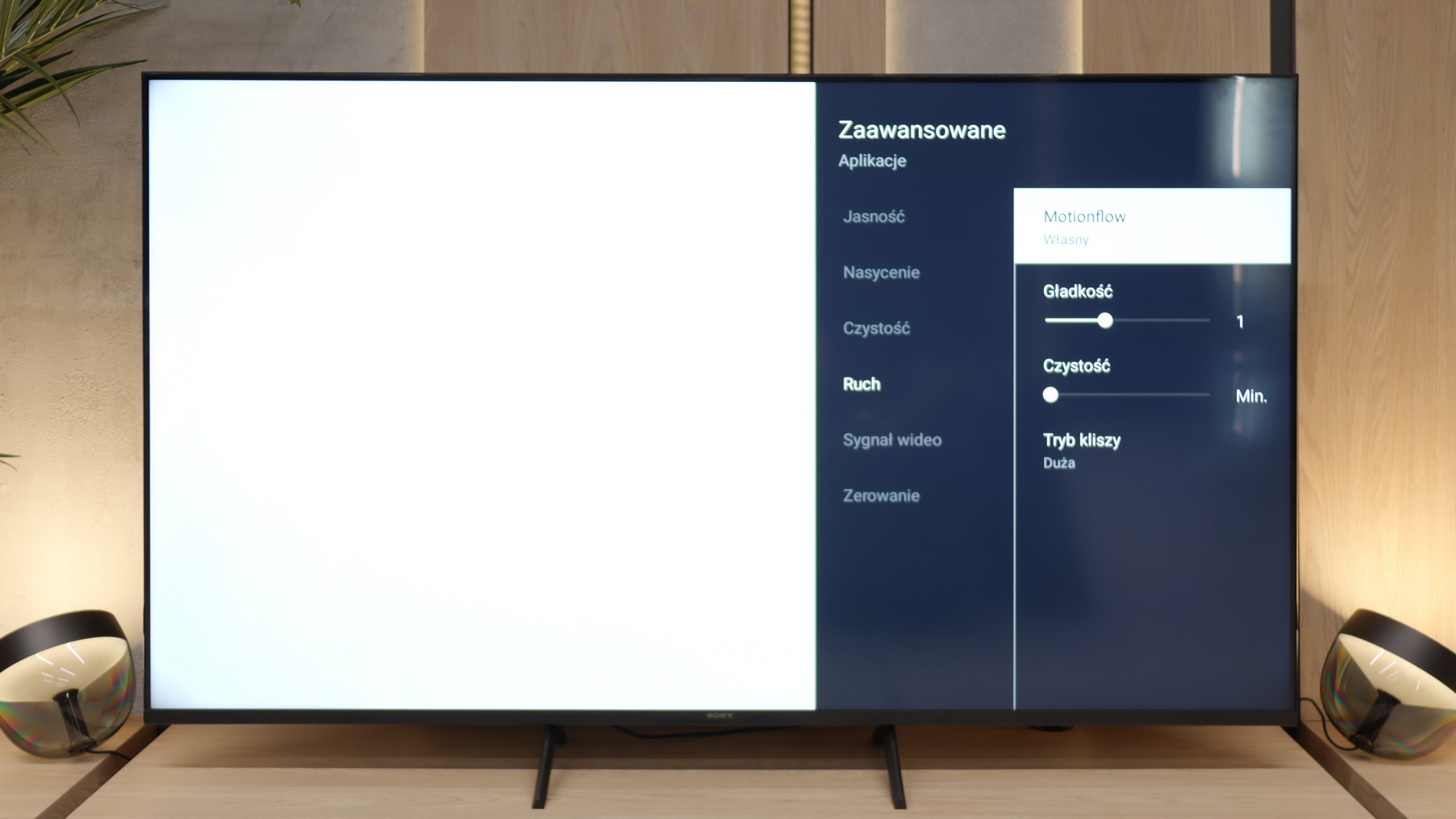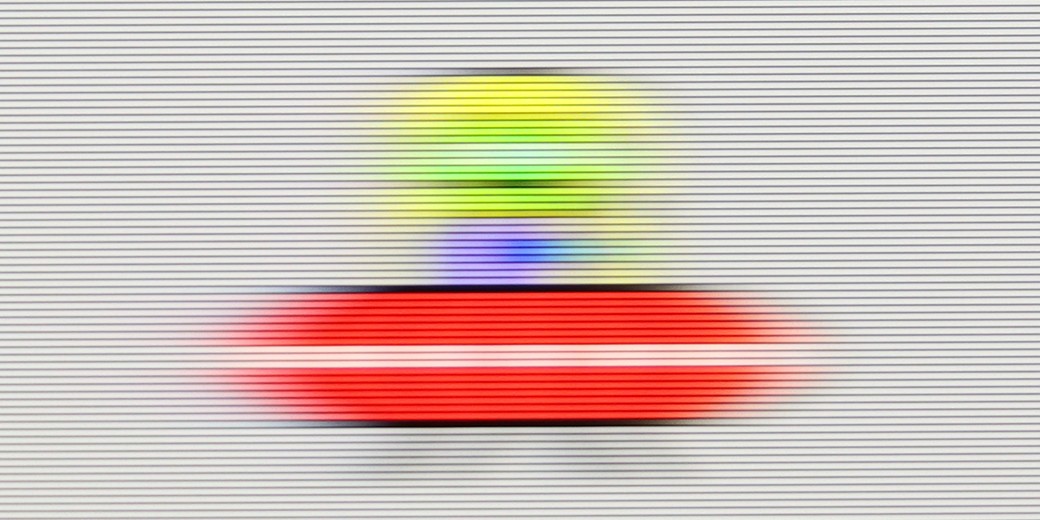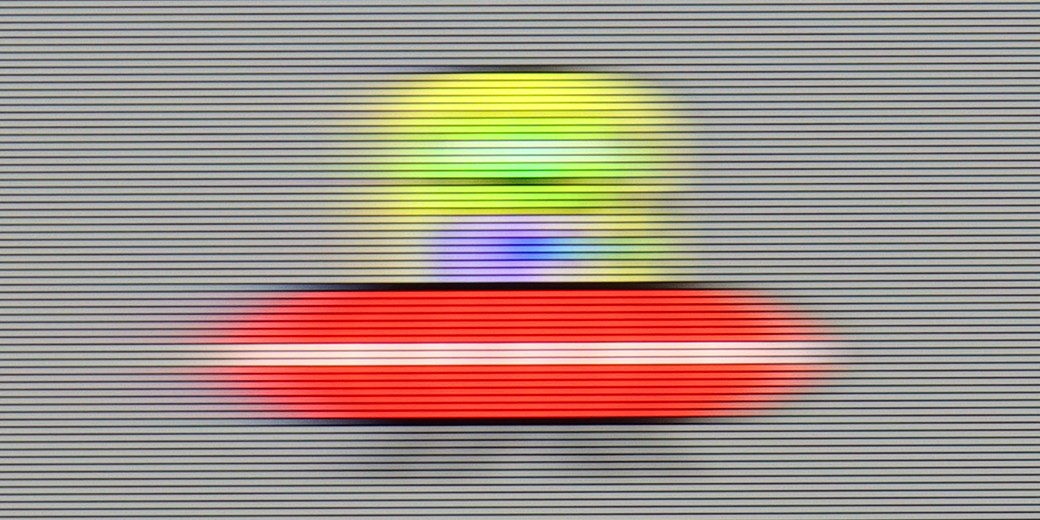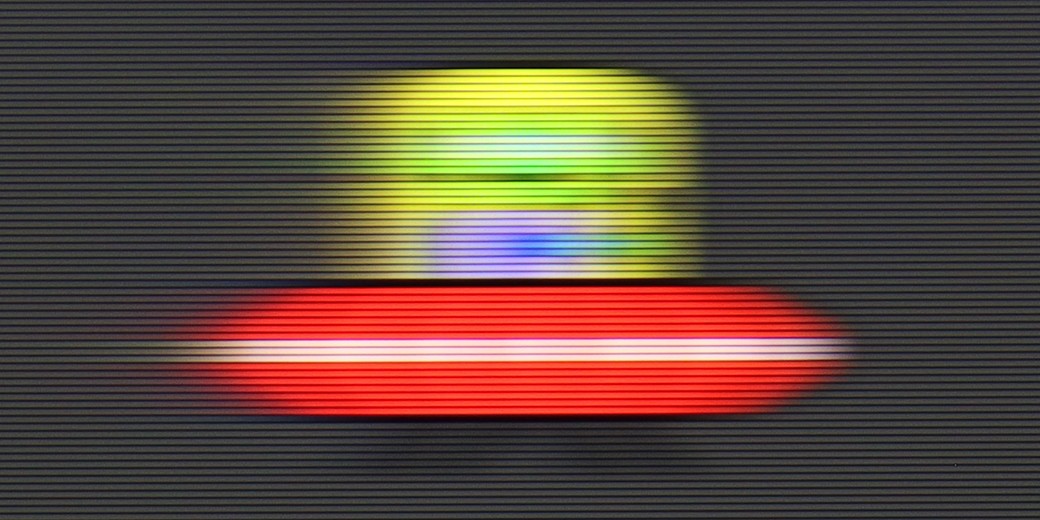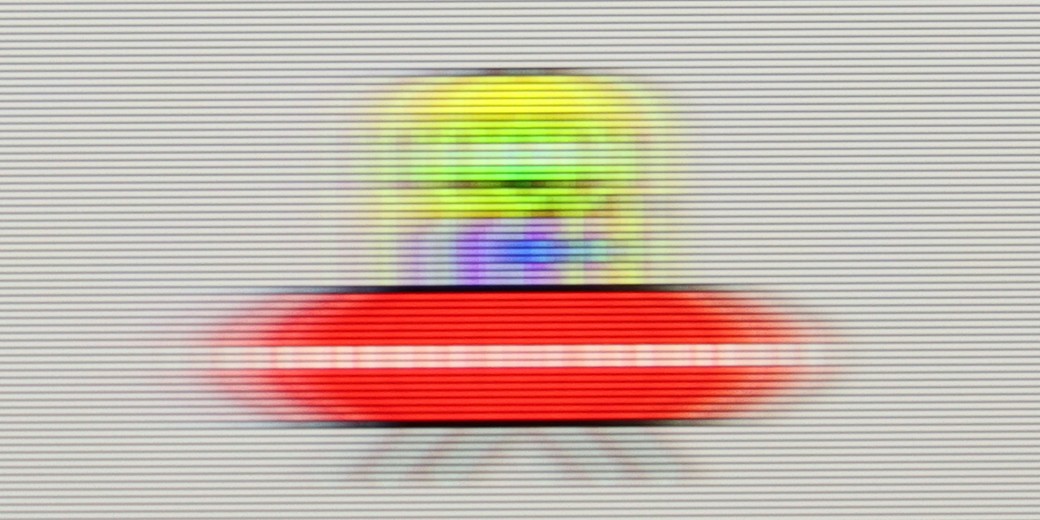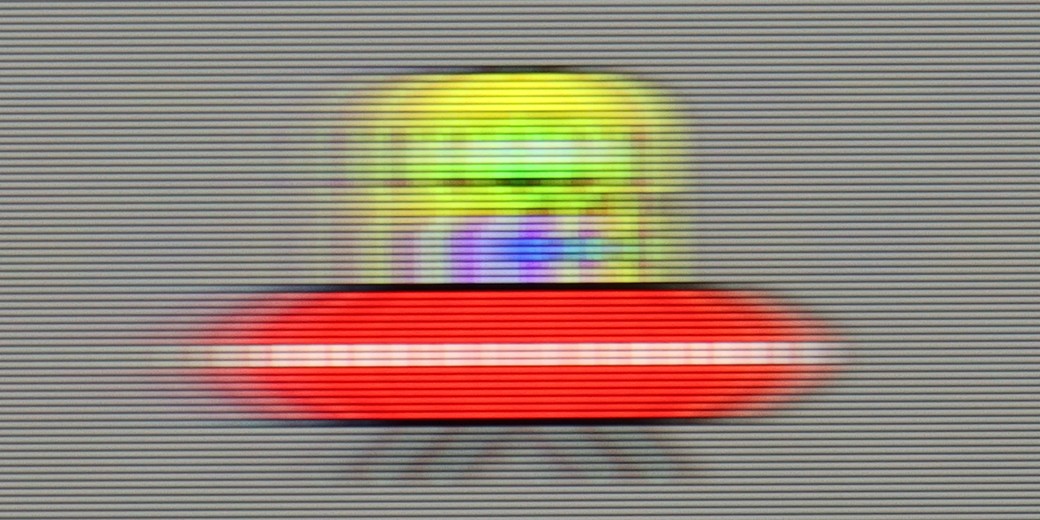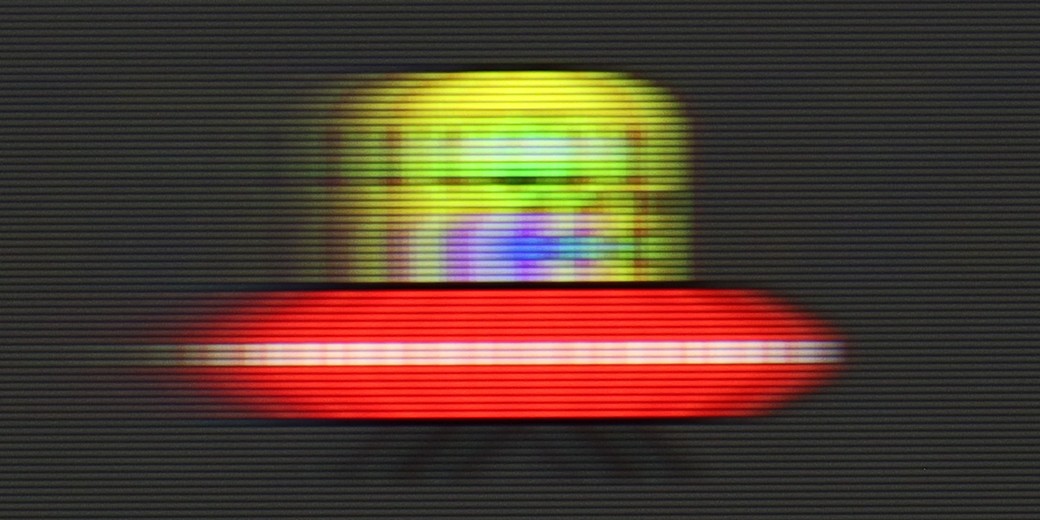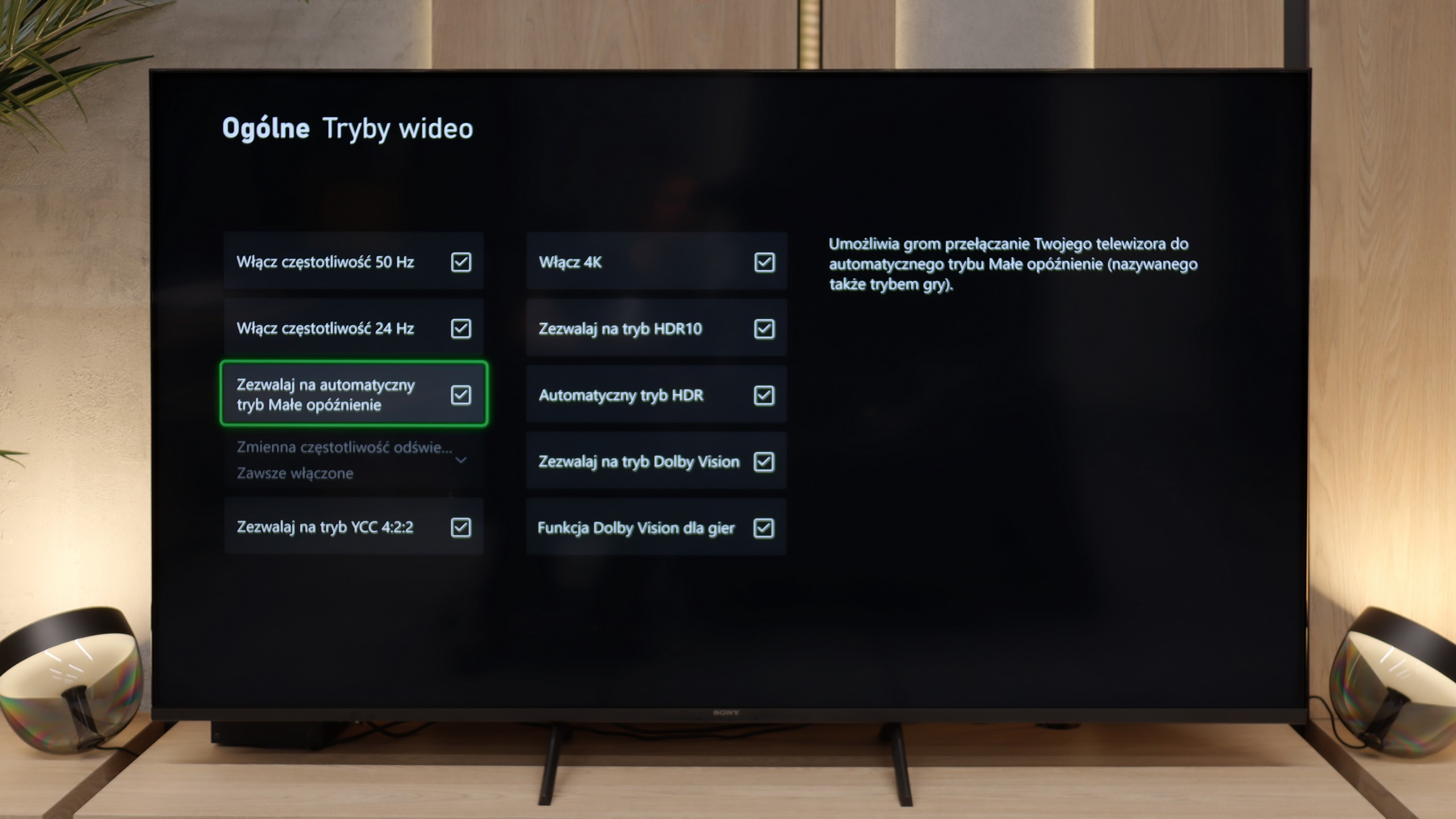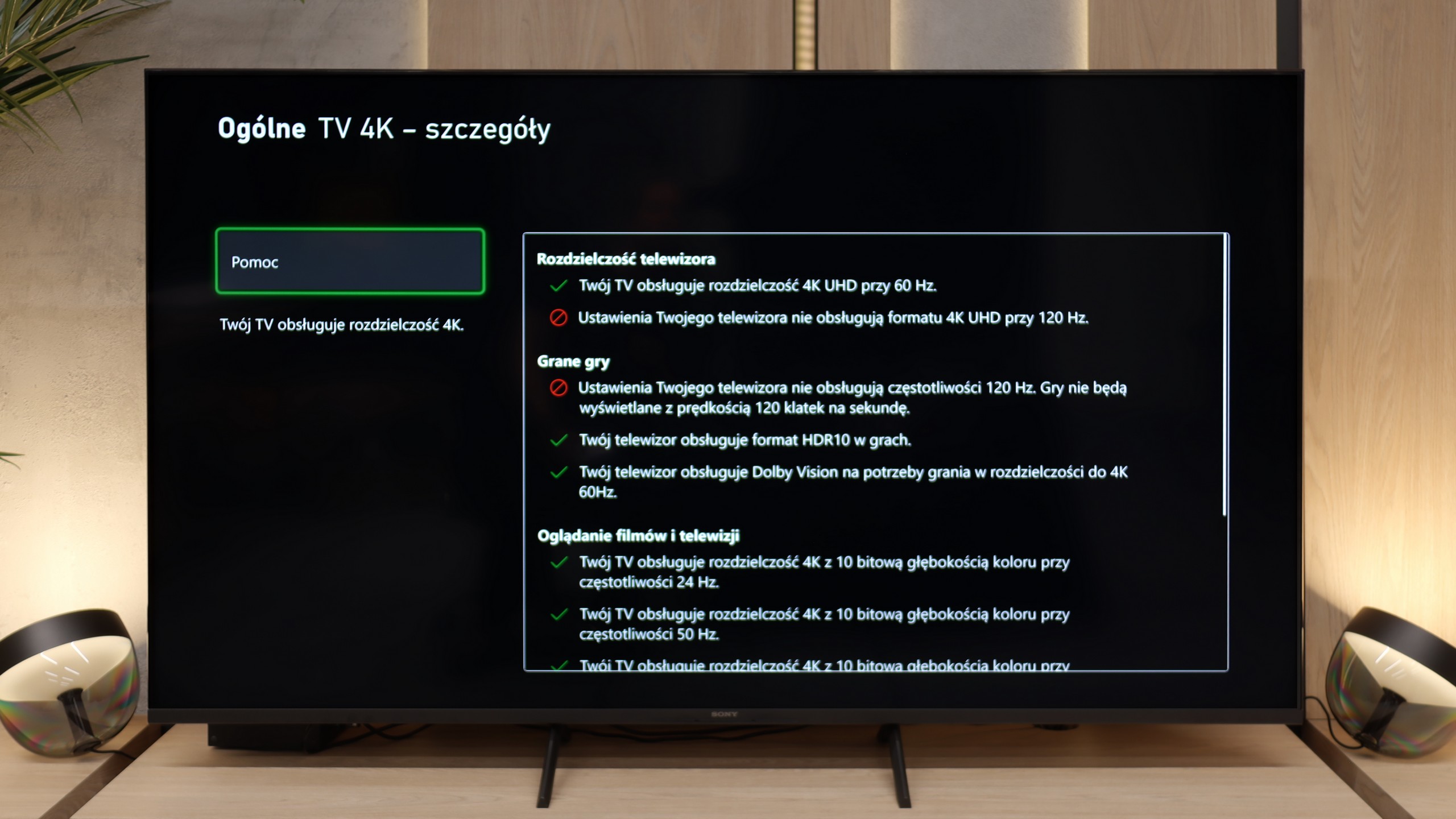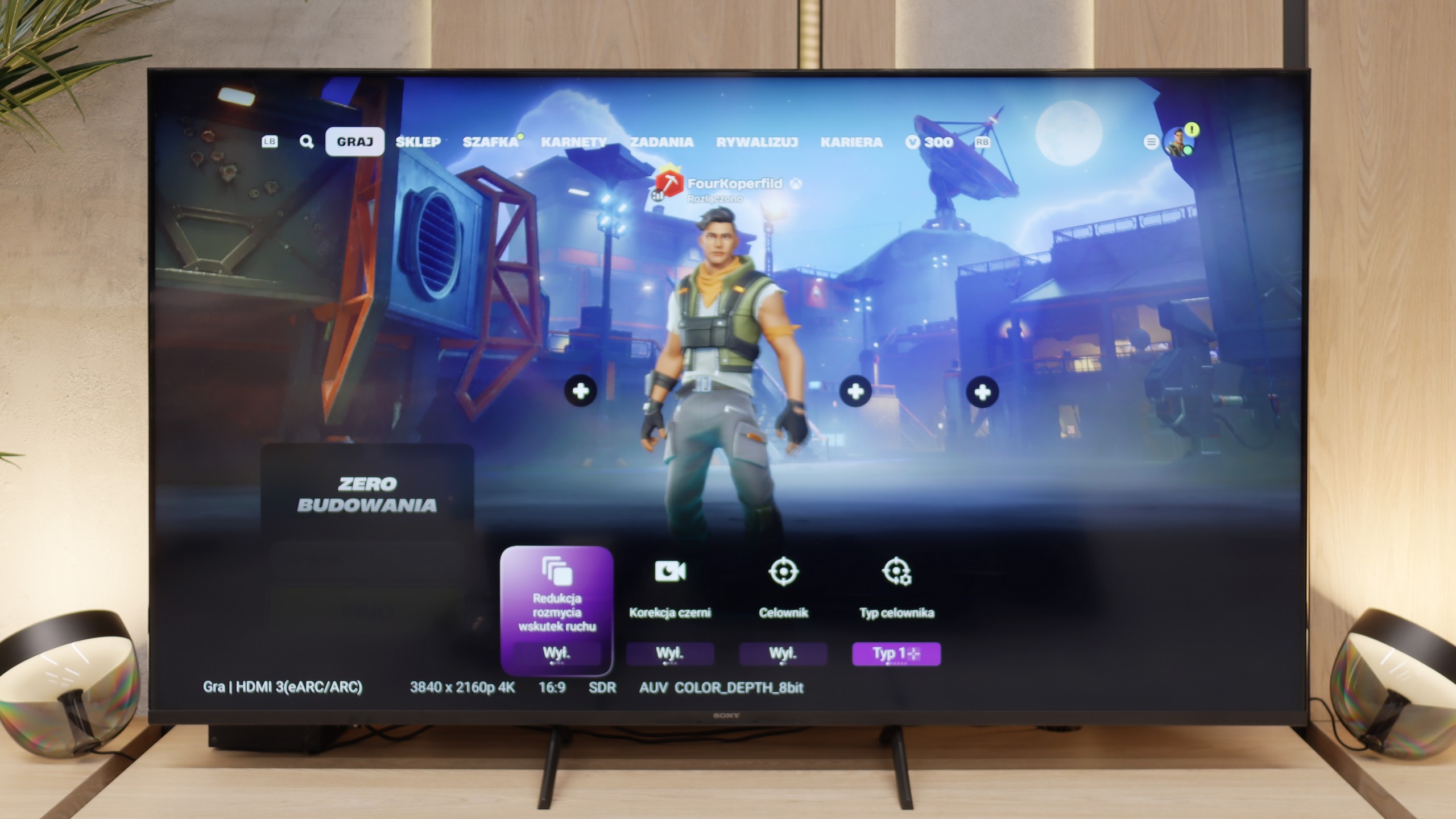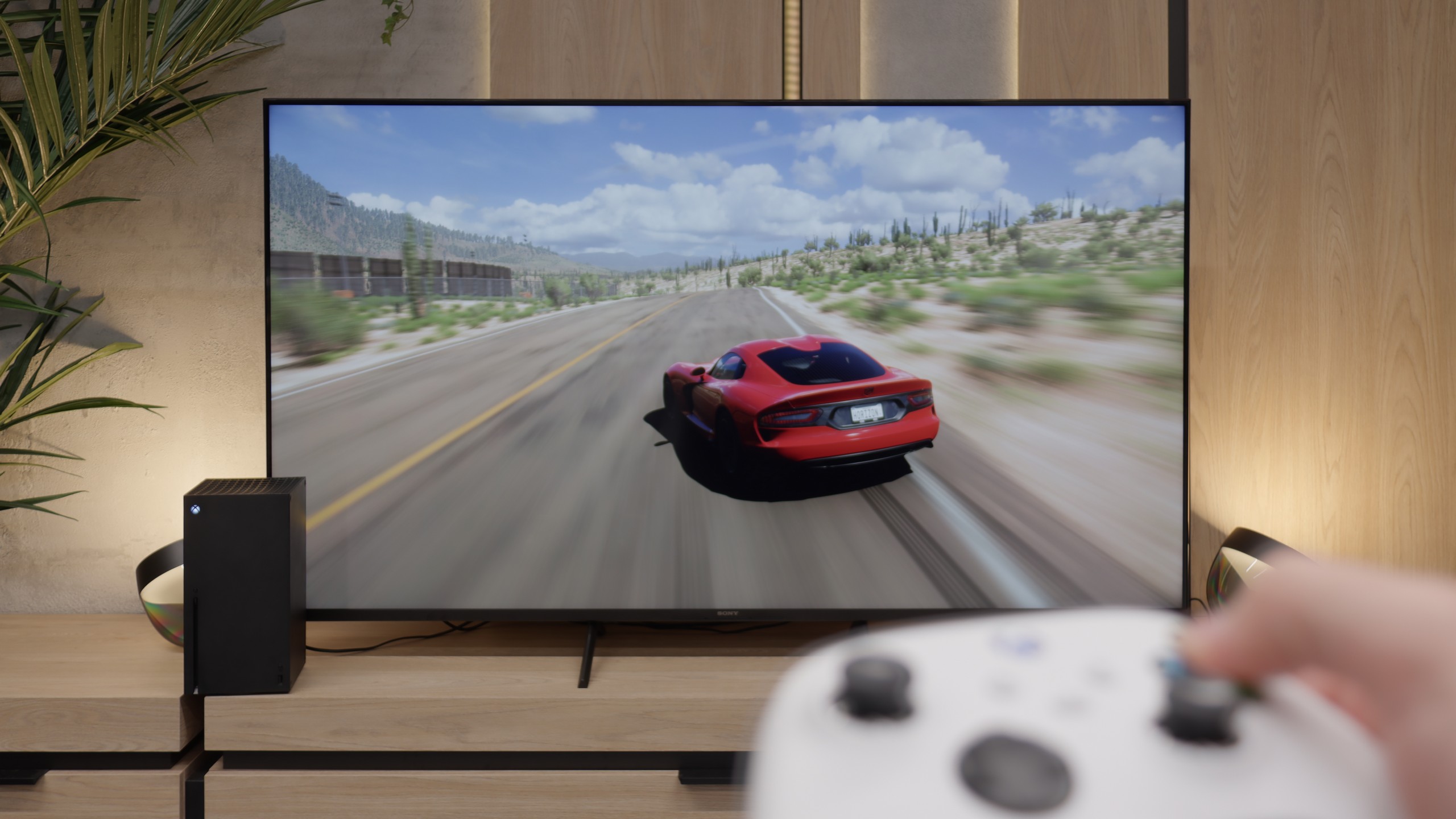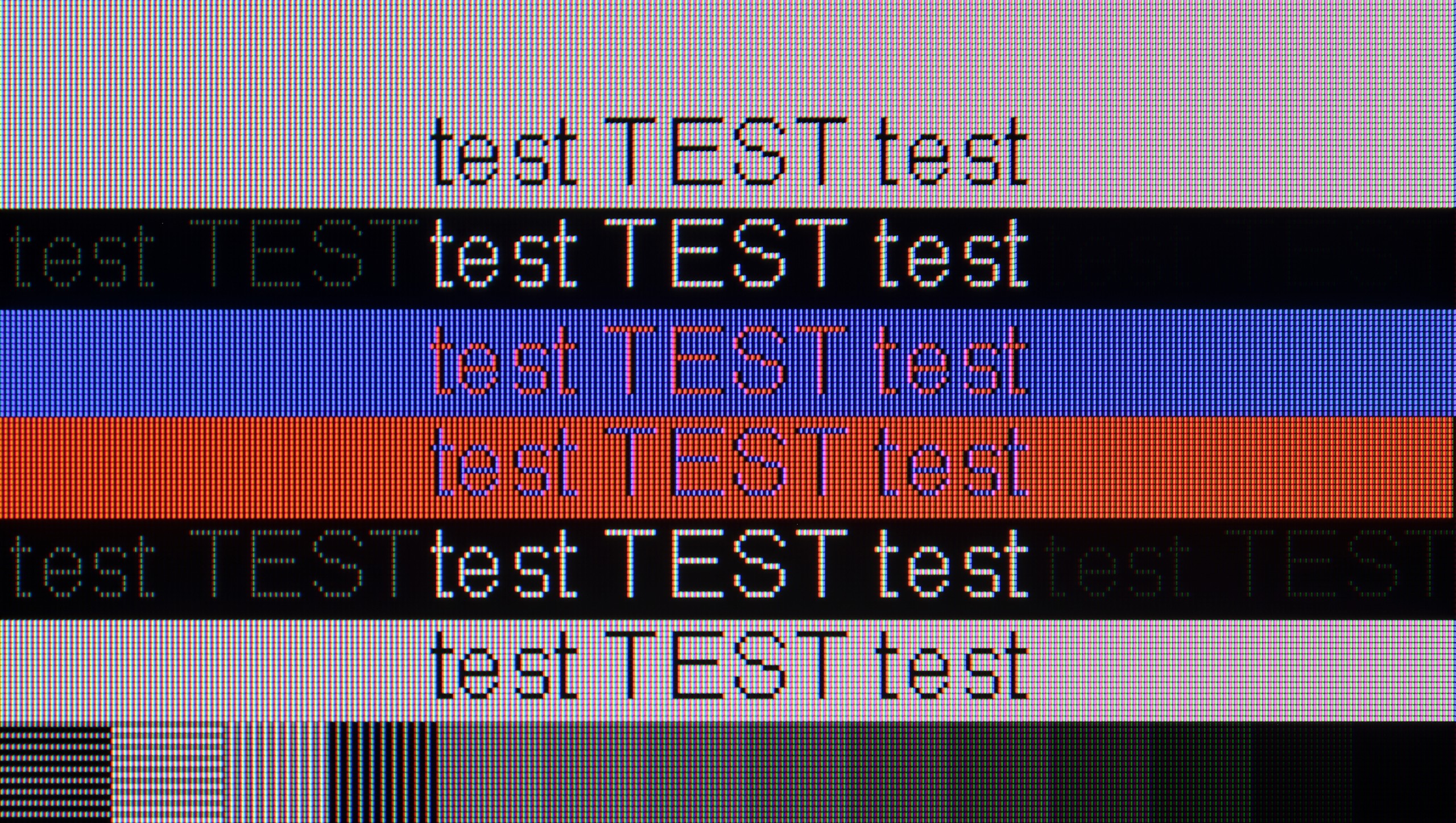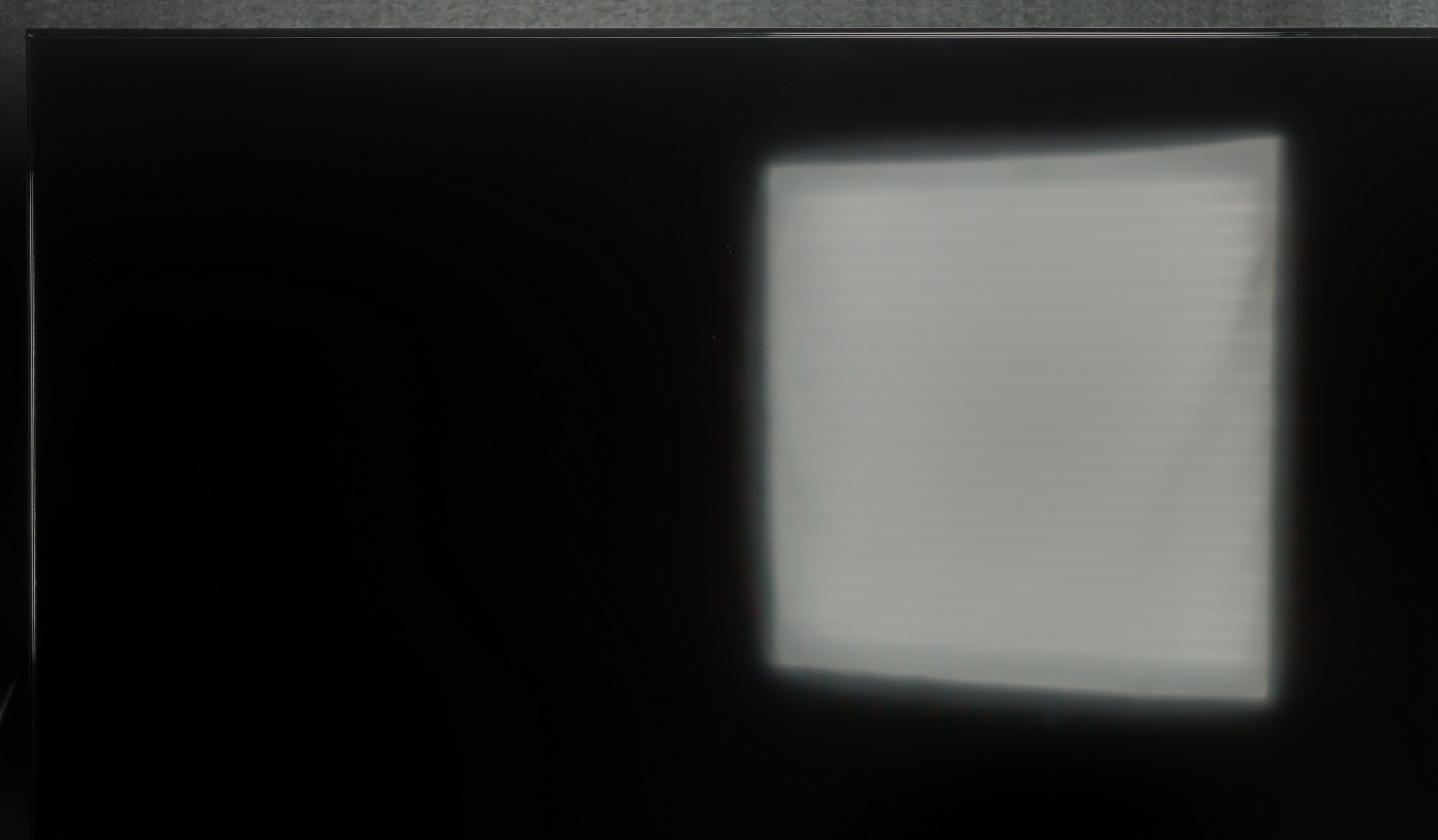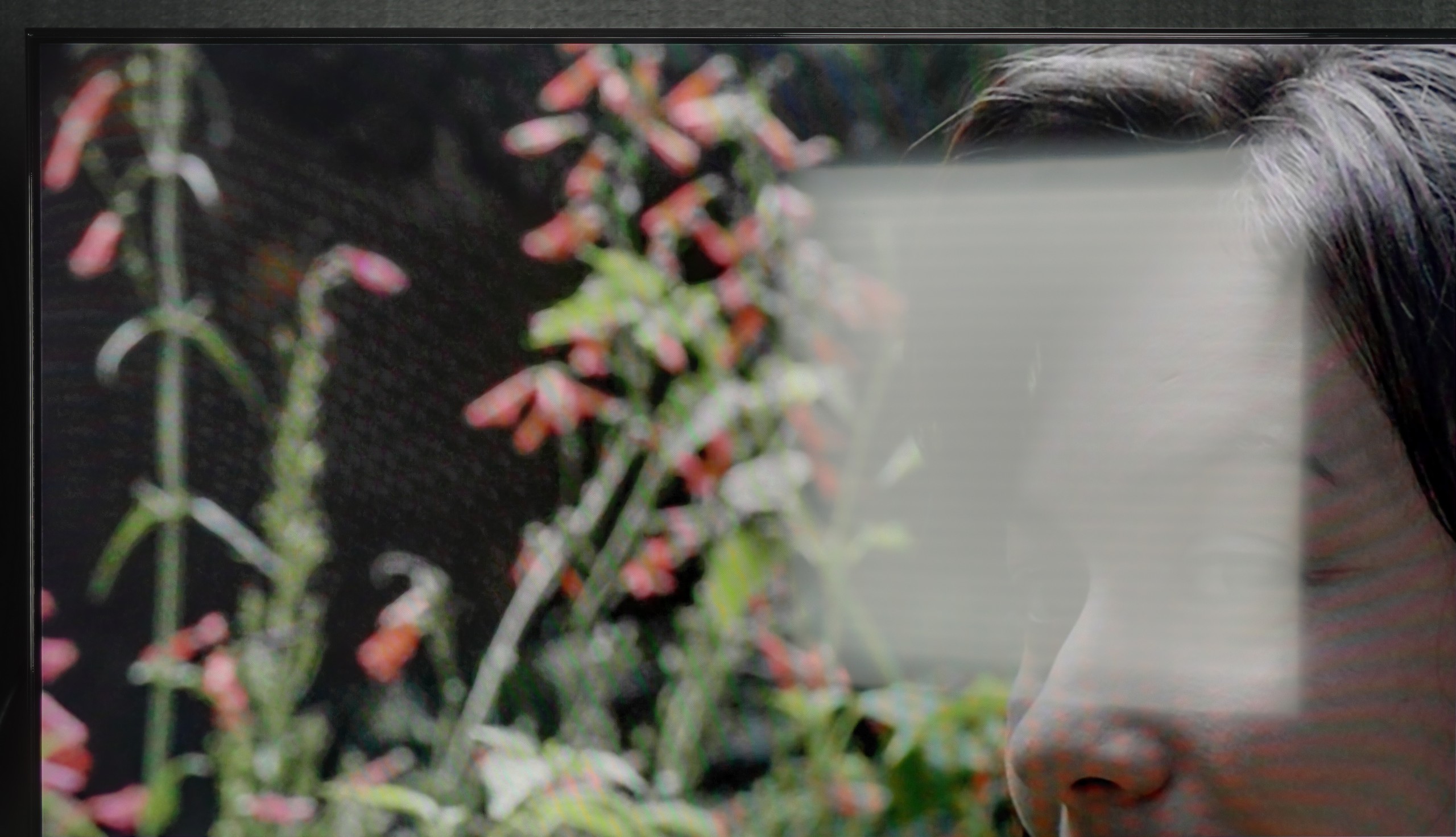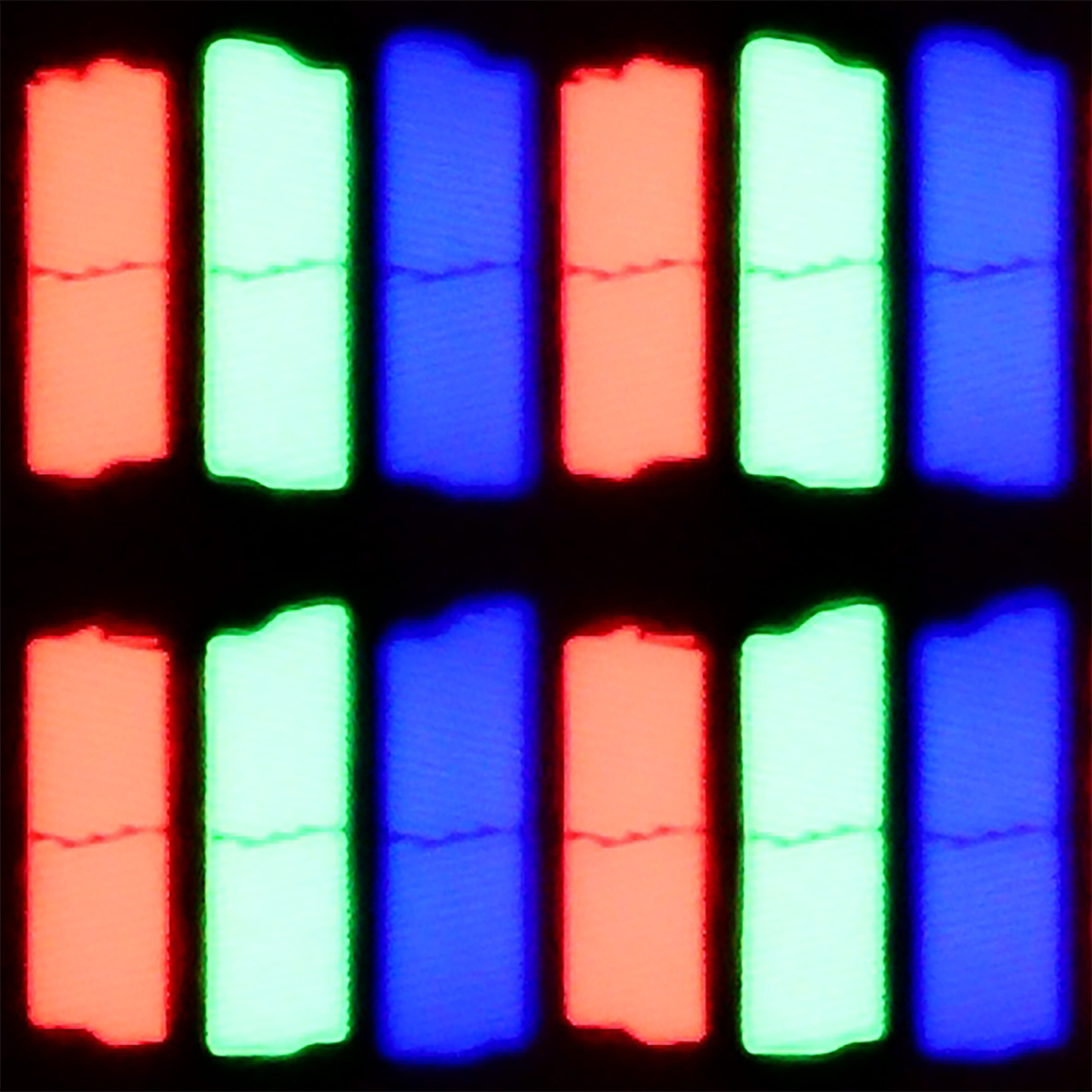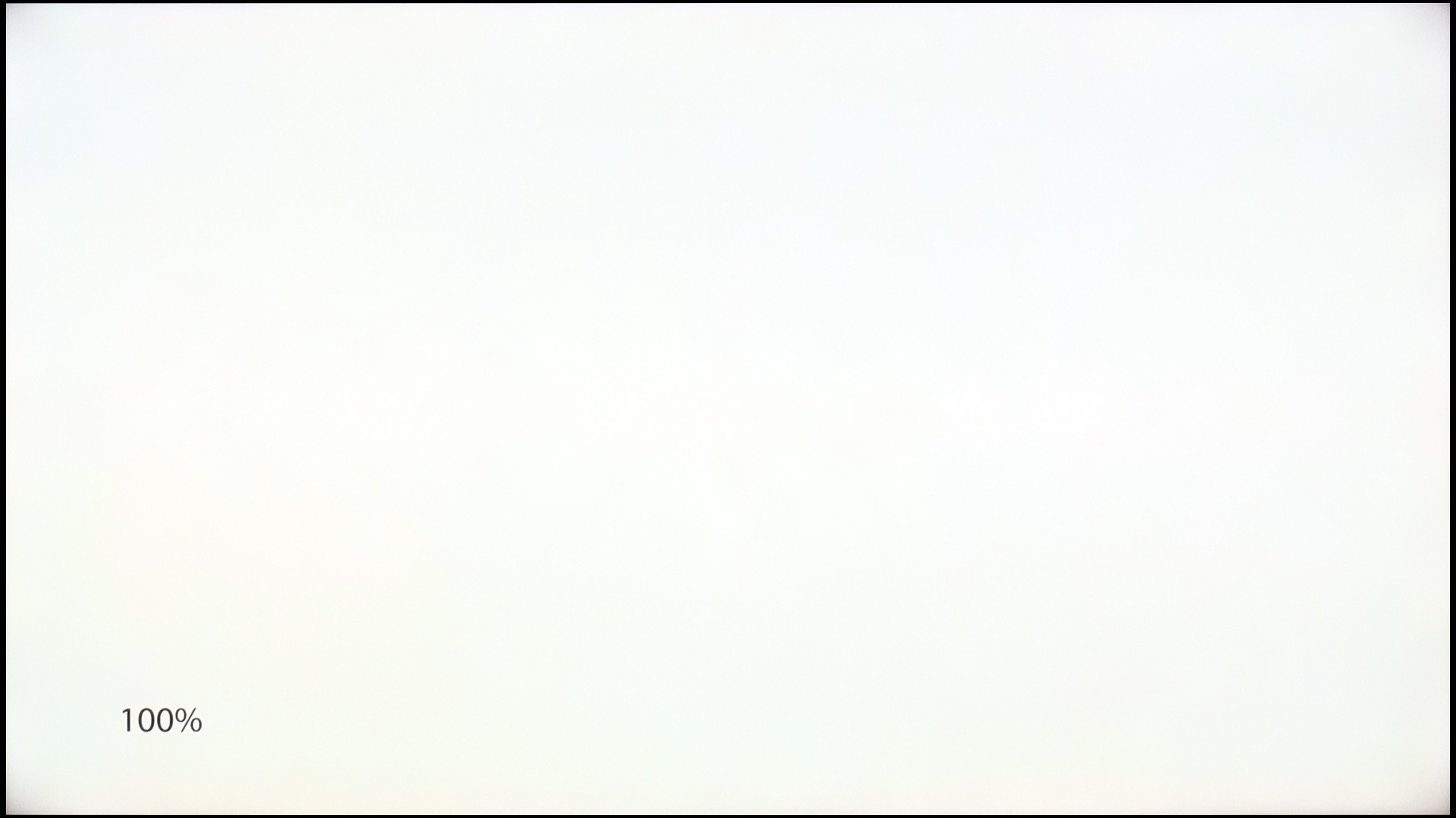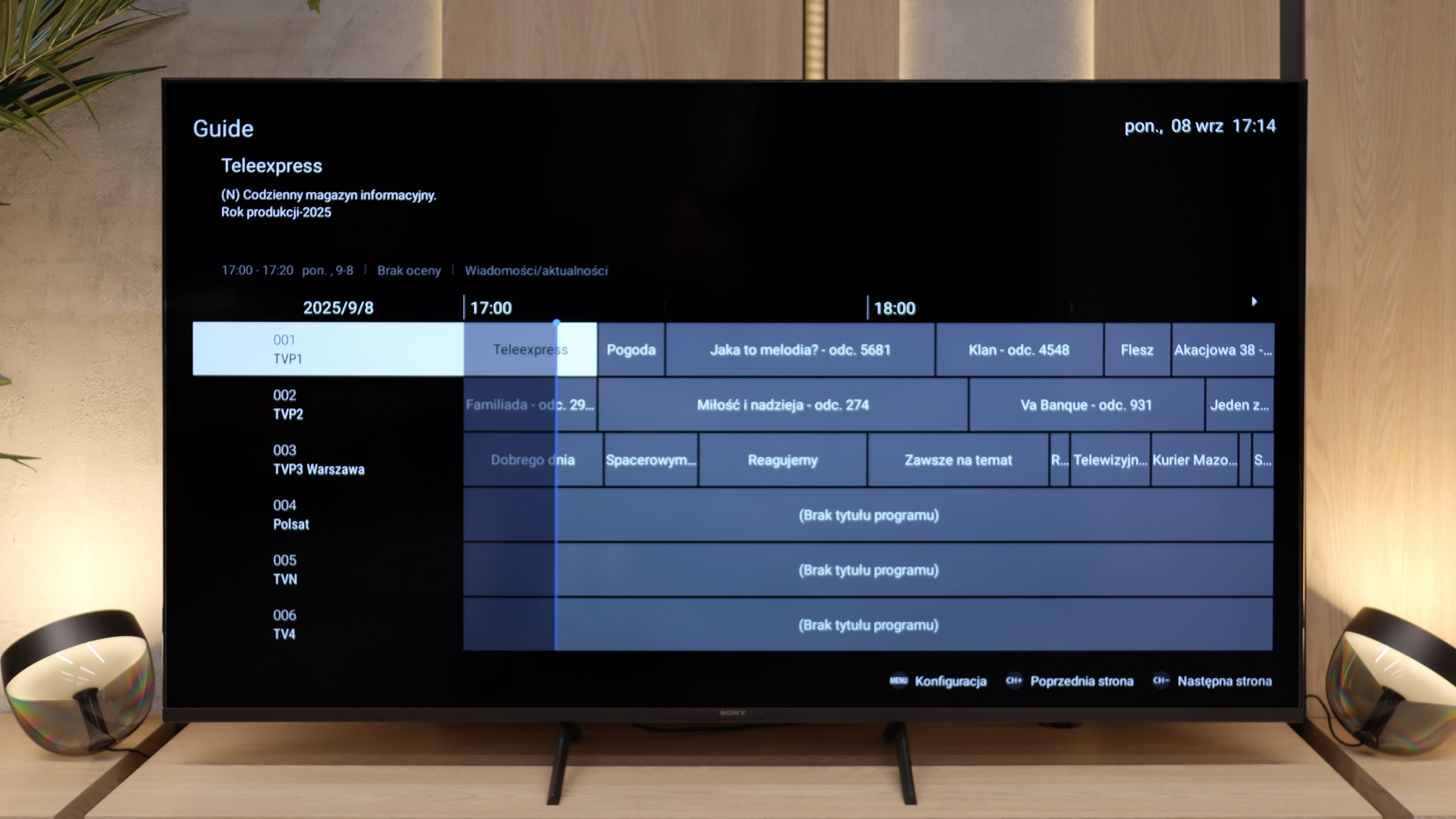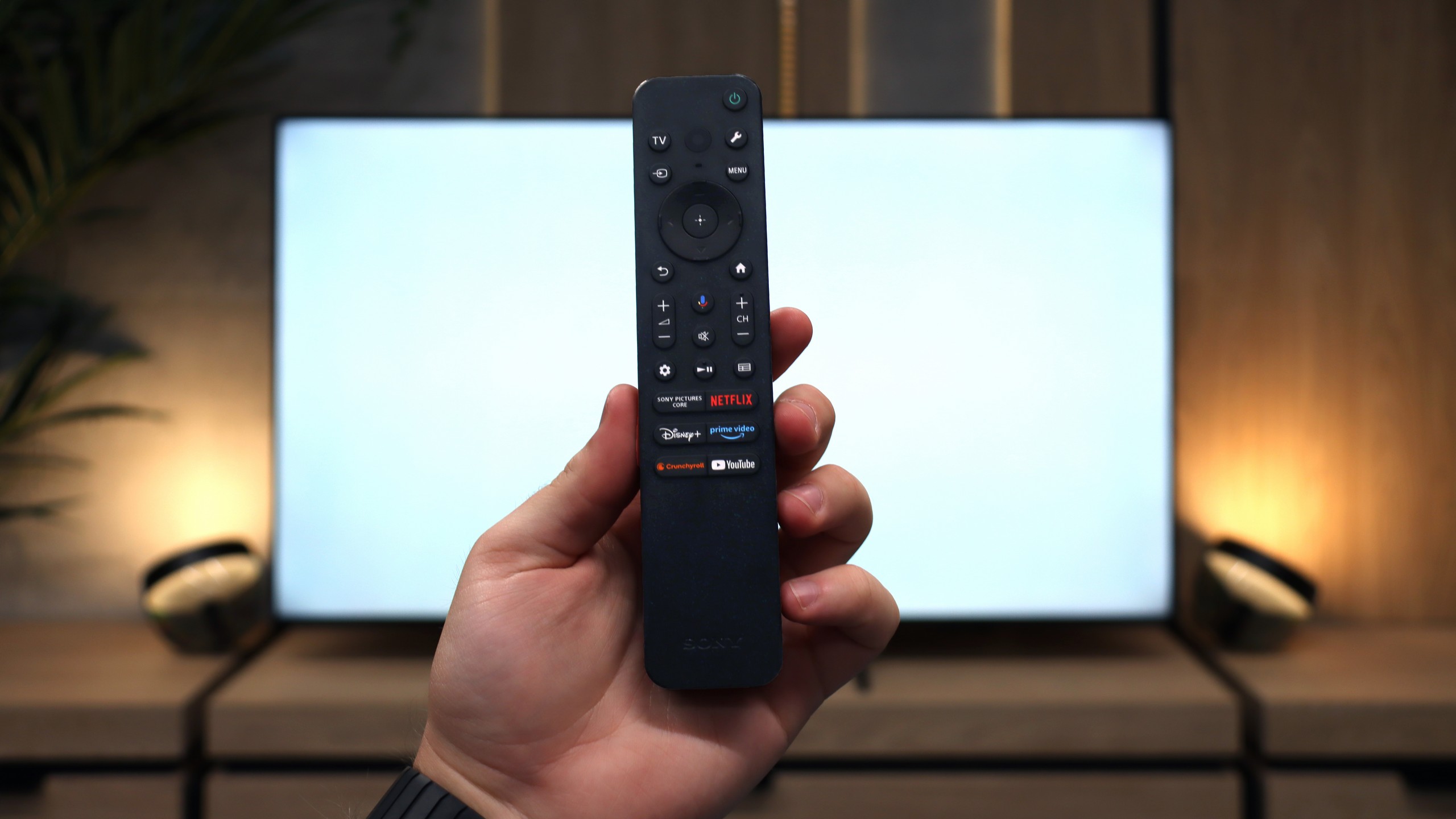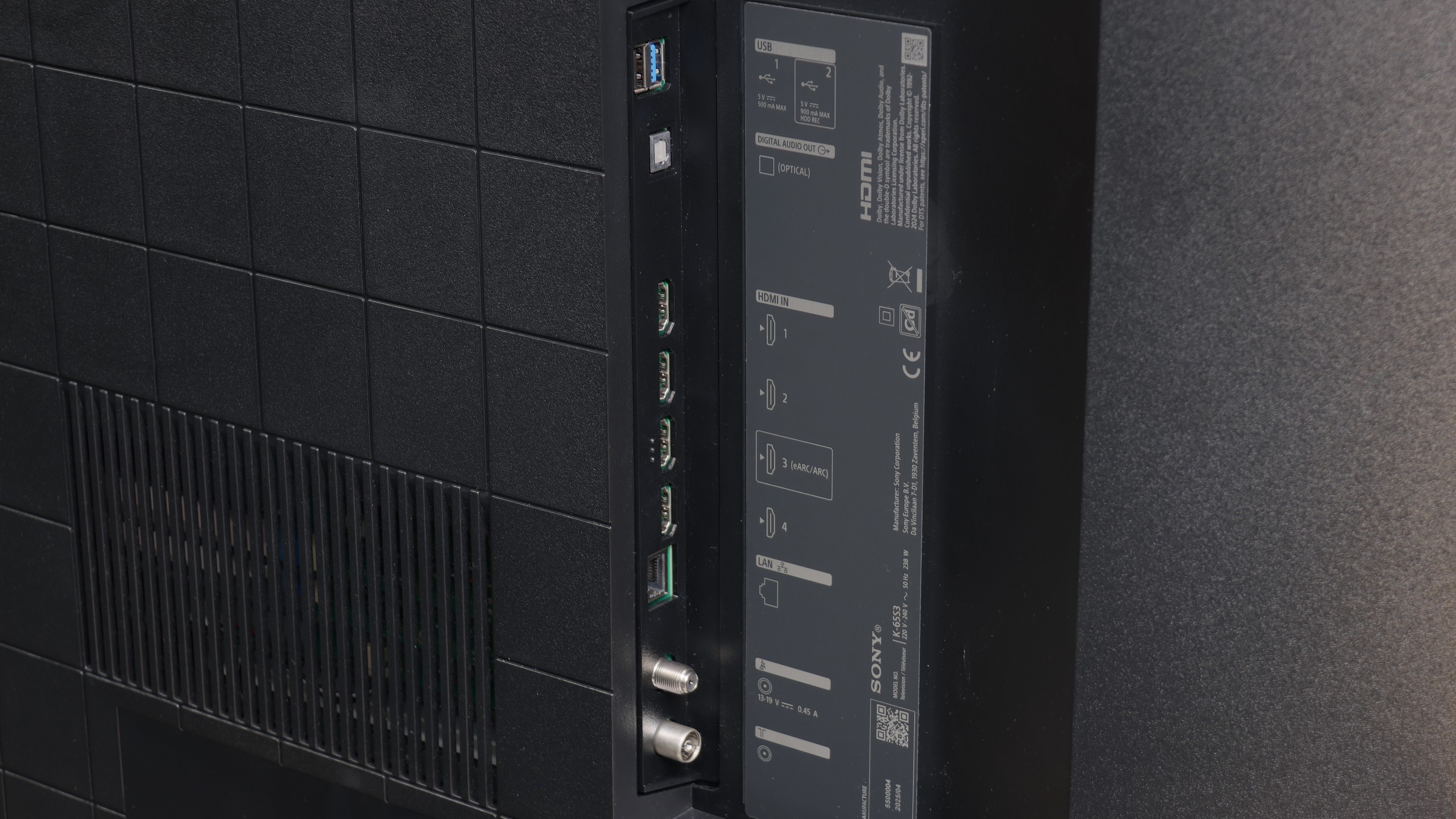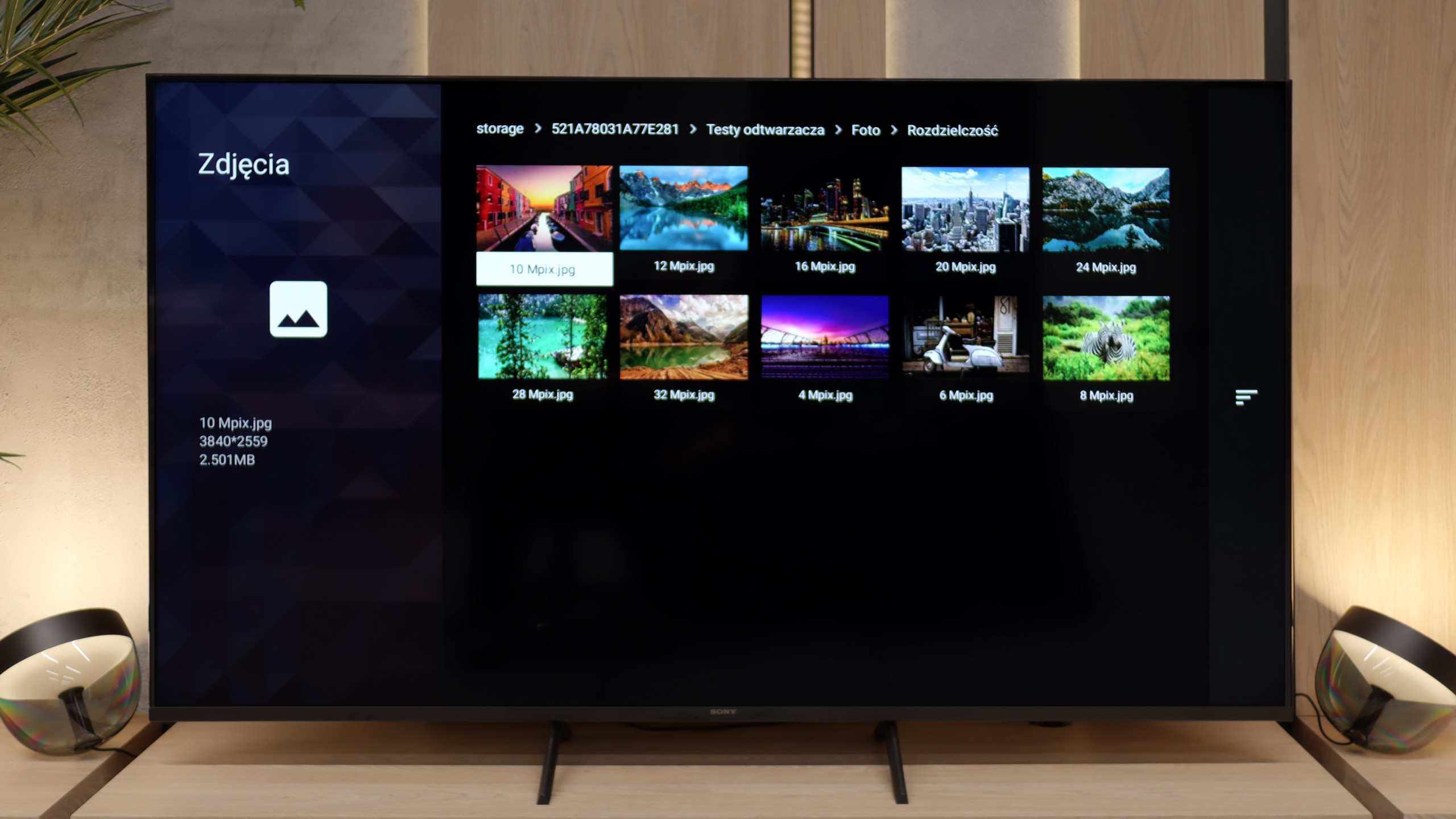A range of features on the Samsung Q80D television significantly enhances user comfort. Its advanced Tizen system provides an intuitive and smooth interface, making it quick and easy to navigate through apps and settings. With support for a wide array of applications, including popular streaming services, users can access diverse entertainment content without needing additional devices. Notably, the 2024 update includes support for the Polish language.
Additionally, the eco-friendly solar remote control offers convenience for everyday use, as it can also manage other devices such as home theatres, decoders (e.g., Canal+), and gaming consoles, which can be challenging for competing manufacturers. Gamers will appreciate several features tailored to enhance their experience. The television supports Variable Refresh Rate (VRR) technology, providing smoother game displays and reducing tearing and stuttering. With low input lag, responses in games are quick and precise.
The Game Bar function allows for easy access to key gaming settings without leaving the game, enabling adjustments to parameters such as VRR, input lag, frames per second (FPS), screen ratios, and sound settings, allowing gamers to optimize their experiences in real time. Additionally, the television supports AirPlay for effortless content streaming from Apple devices and connects to various Bluetooth devices, such as mice and headphones, increasing versatility.
However, it is important to note the lack of USB recording support and the absence of DTS audio format compatibility. This limitation means that content encoded in DTS may not be correctly reproduced, which could pose issues for those using Blu-ray discs or multimedia files that rely on this format for high-quality surround sound. To fully enjoy the audio experience, users might need to consider an external player or soundbar that supports DTS.
Smart TV Features
The biggest advantage of the Bravia 3 in everyday use is the presence of the Google TV system. Thanks to it, we have access to one of the largest libraries of applications and streaming services, so regardless of whether someone mainly uses Netflix, Disney+, or smaller platforms, everything is at their fingertips. The Google Assistant also worked very well, as it was able to respond to our commands quite "smartly." The Google TV system in theory should work very smoothly because Sony has been implementing it better than many cheaper competitors for years. Unfortunately, in the case of the Bravia 3, it is not as great as we would expect. During testing, we noticed slight stutters in the interface, and some functions, such as screen mirroring, simply refused to cooperate. One could get the impression that the processor in this model sometimes struggles with the demanding system, and not everything works as smoothly as we would hope.
Classic Features
Sony, even in the cheapest series, manages to remind us of its experience with various users. In the set, we find as many as two remotes. The first is modern and minimalist, with a small number of buttons, which works great when using applications and Google TV functions. The second is a classic remote with a richer set of keys and a numeric keypad, which will be appreciated especially by older people accustomed to traditional solutions. This is a nice nod to different user groups, and it must be admitted that Sony handled this very practically. It is a pity, however, that compared to the X75WL model, the ability to record content from TV tuners to USB memory has disappeared. The manufacturer has completely eliminated this feature, so if someone was attached to it, they will unfortunately not find it in the Bravia 3.

